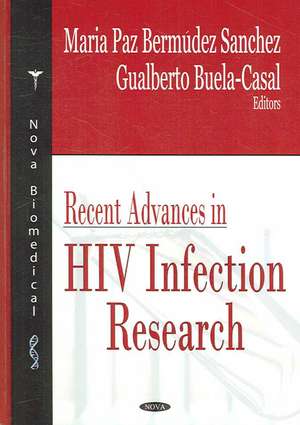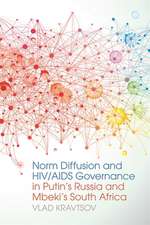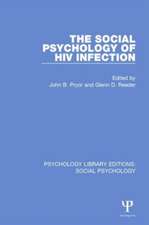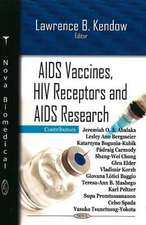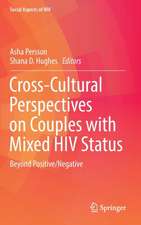Recent Advances in HIV Infection Research
Editat de Maria Paz Bermudez Sanchez, Gualberto Buela-Casalen Limba Engleză Hardback – 4 feb 2007
Preț: 679.80 lei
Preț vechi: 921.23 lei
-26% Nou
Puncte Express: 1020
Preț estimativ în valută:
130.10€ • 135.32$ • 107.40£
130.10€ • 135.32$ • 107.40£
Carte disponibilă
Livrare economică 24 martie-07 aprilie
Preluare comenzi: 021 569.72.76
Specificații
ISBN-13: 9781594549076
ISBN-10: 1594549079
Pagini: 342
Ilustrații: tables
Dimensiuni: 188 x 264 x 28 mm
Greutate: 0.97 kg
Editura: Nova Science Publishers Inc
ISBN-10: 1594549079
Pagini: 342
Ilustrații: tables
Dimensiuni: 188 x 264 x 28 mm
Greutate: 0.97 kg
Editura: Nova Science Publishers Inc
Cuprins
Preface; Origin and Spread of Human Immunodeficiency Viruses; Advances in HIV-1 Molecular Biology: Insights into Transcriptional Regulation; Biological, Social, and Psychological Risk Factors for HIV Infection; Antiretroviral Treatments: Side Effects; Psychological Disorders as a Consequence of Infection with HIV/AIDS; Psychological Treatment in People with HIV/AIDS; Adolescents and HIV: Understanding Risk Factors for HIV Infection and Designing Effective Risk-Reduction Strategies; Older Adults and HIV/AIDS: A Model of Primary, Secondary, and Tertiary Prevention; Trials Rationale for Current HIV Vaccine Clinical; Bioethics and HIV/AIDS; Index.
